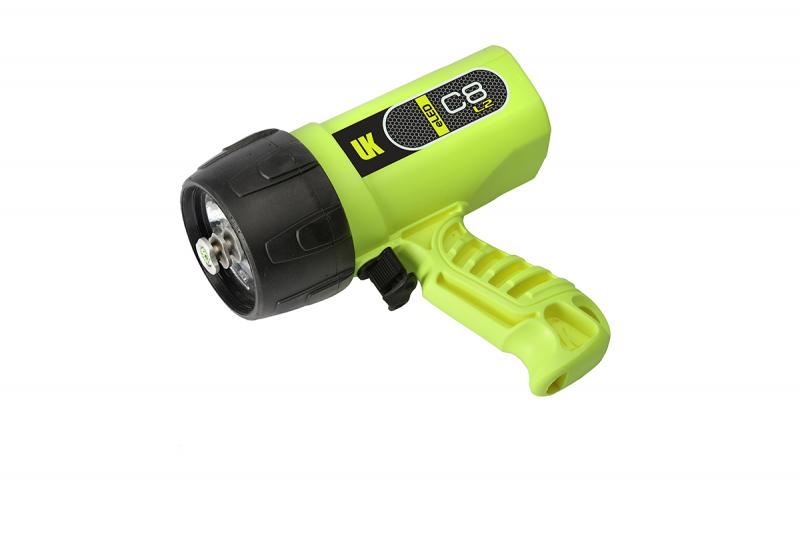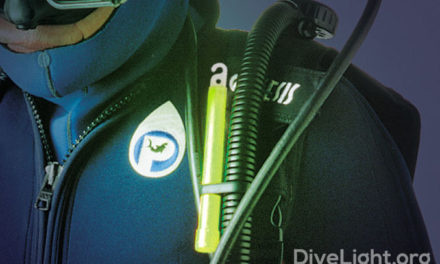Regardless of whether you are diving at night or during the day, a flashlight is necessary because the deeper you go, the more light fades away until it becomes completely dark. However, choosing a waterproof flashlight for diving can be quite a daunting task due to the many brands available on the market. To help you, here are some of the things that you should consider when choosing a waterproof flashlight for diving.
Brightness
It is recommended to use bright light especially when night or deep sea diving for maximum visibility. However, if you are diving in unclear water, using a flashlight that is too bright will be counterproductive because the light is reflected back to you by the particles in the water. In such a case, you should use a dimmer flashlight.
Beam Angle
The type of diving determines whether you will need a tight or wide beam. A wide flood beam is ideal when lighting up a large area such as a cave or when setting up a video shoot, while a tight beam works well when looking in crevices and under ledges.
Depth Rating
The depth rating of a flashlight should be determined by how deep you plan to dive. If you choose a flashlight with a depth rating of about 100ft, you can only use it to dive in shallower water. If you intend to go for deep dives, you will need a flashlight with at least a depth rating of 200ft
Size and Other Considerations
When diving during the day to look at the marine life, signal your friend, or look at unlit gauges, a small waterproof diving flashlight that can fit in your pocket is the best choice.
For night dives where you do not need to use your hands, a canister light will work well. But if you need to use your hands, look for a light that you can wear on your mask strap or head.
Another factor to consider is whether the flashlight uses rechargeable or disposable batteries. Neither is a better option – it all depends on your preference. If you spend many hours diving, carry a spare set of batteries and store them separately.





